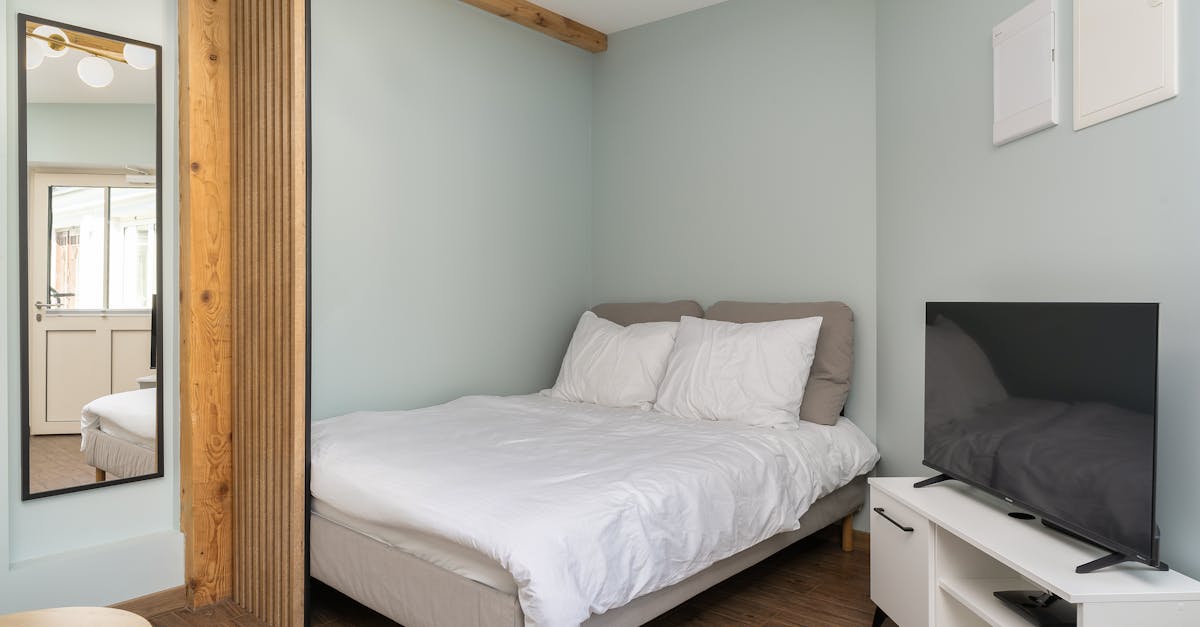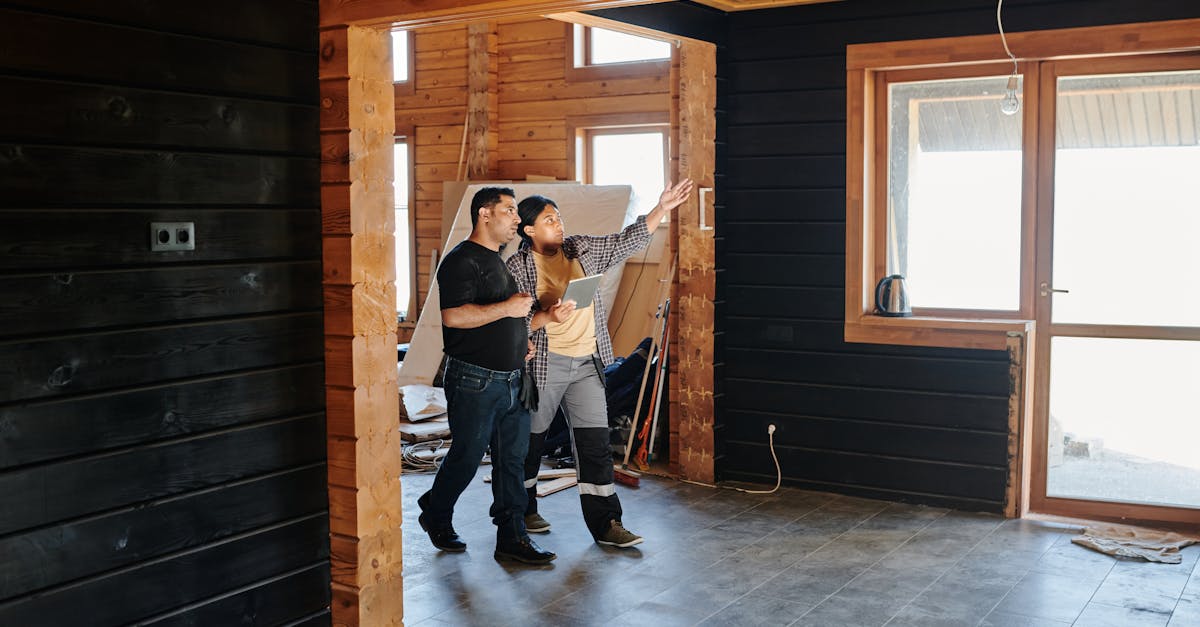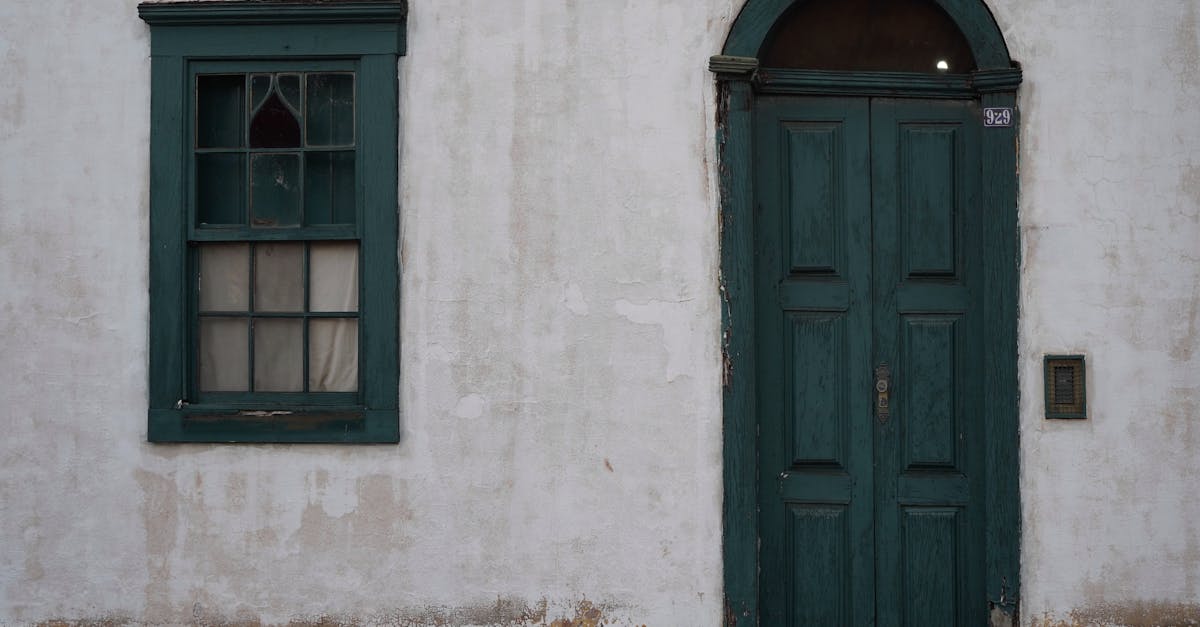Restoring a Historic Home Key Considerations
Introduction
Restoring a historic home is not merely renovations; it's a journey to rekindle the past and craft stories anew. Full of charm and nostalgia, these homes are cherished pieces of history. However, as enchanting as they may be, they also come with their unique challenges and considerations.
Advertisement
Understanding the Historical Value
Before embarking on your restoration project, it's vital to research and comprehend the historical significance of your home. Delve into its architectural style, any groundbreaking events that took place, and notable figures associated with its history. Knowledge of its past empowers you to make informed decisions during the restoration process.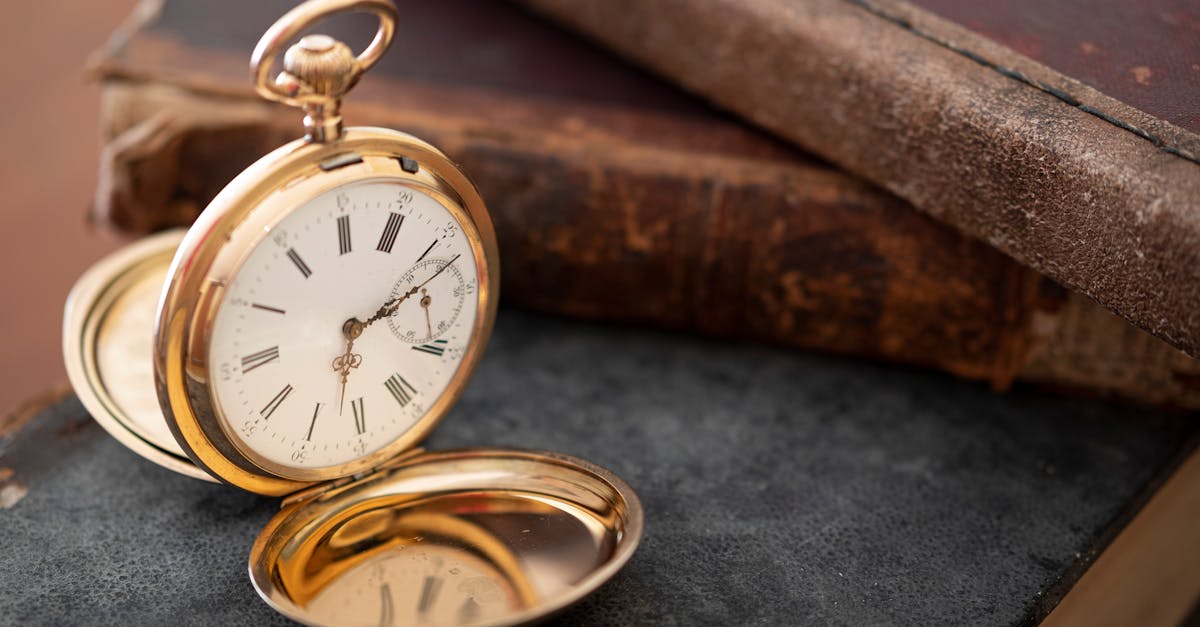
Advertisement
Assessing the Condition
Conduct a thorough assessment of the current state of the property. Engaging the services of a structural engineer or professional historic preservationist can provide you with a clear understanding of the home's foundational health and areas needing immediate attention. This step is essential to prioritize restoration tasks accurately.
Advertisement
Navigating Regulatory Requirements
Expect certain rules and guidelines when restoring historic homes. Local, state, and even federal agencies may regulate what can and cannot be altered. It is crucial to consult with local historic preservation commissions or city planners to understand these regulations and ensure compliance throughout the restoration process.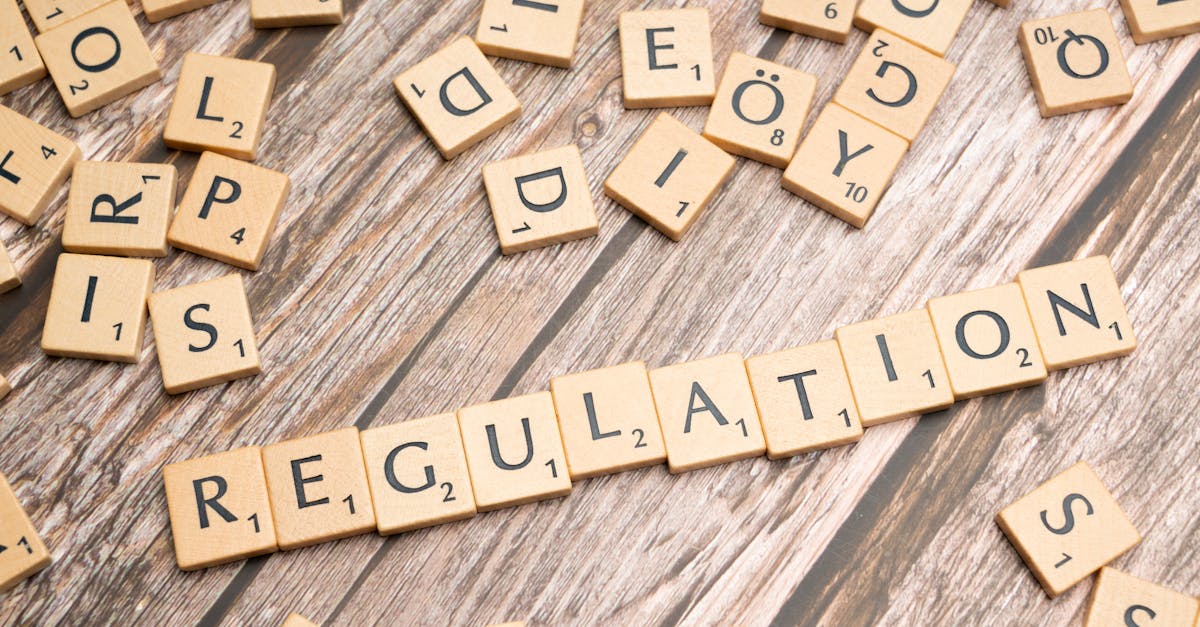
Advertisement
Choosing the Right Materials
The key to a successful restoration is selecting materials that match the original as closely as possible. Older homes often have materials and construction techniques that are no longer widely available or used. Consider sourcing reclaimed materials or custom reproductions to maintain authenticity and respect the home's heritage.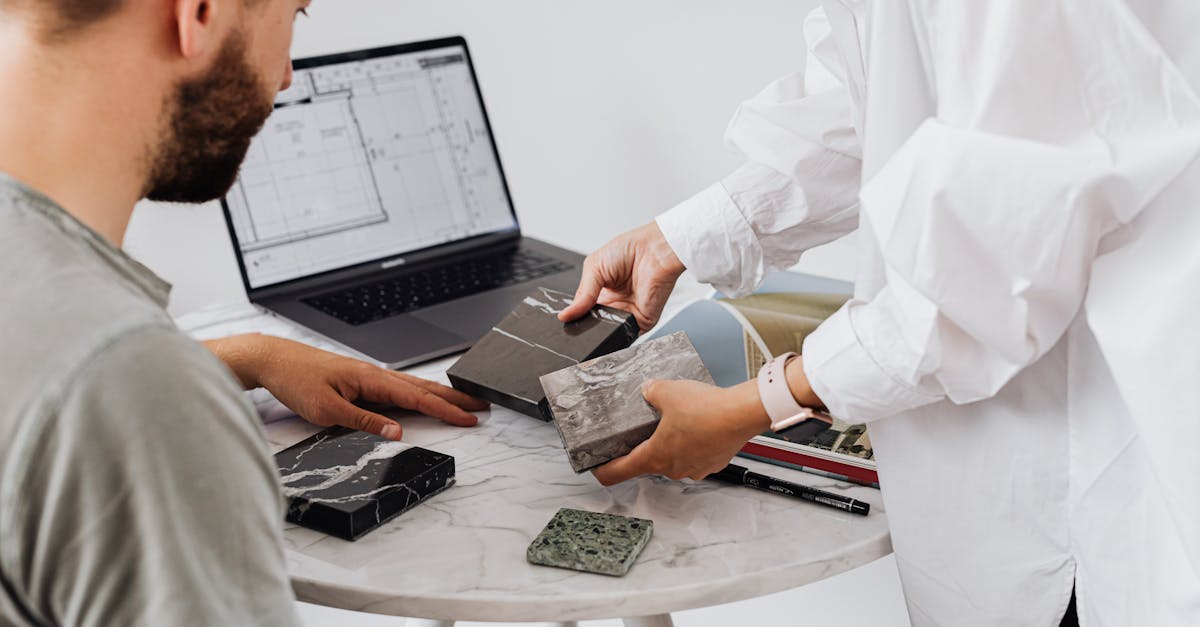
Advertisement
Crafting a Realistic Budget
Restoring a historic home can be a costly endeavor. Create a detailed budget while accounting for potential unforeseen expenses. Research restoration grants or tax incentives for historic preservation that may be available to help offset costs. Consult with financial professionals to ensure you're economically prepared for the project.
Advertisement
Working with Skilled Professionals
The complexity of restoring a historic home requires specialized skills. Collaborate with contractors, architects, and craftspeople experienced in historic preservation. Their expertise ensures that the restoration work respects the home's original design and structural integrity while meeting modern standards.
Advertisement
Balancing Modern Comforts with Historical Integrity
While modern upgrades can improve comfort, it's crucial to balance these enhancements with the home's historic character. Thoughtfully incorporate electrical, plumbing, and HVAC updates without disrupting the home's original craftsmanship. This balance can yield a home that offers both nostalgic charm and contemporary livability.
Advertisement
Sustaining the Restored Home
After the hard work of restoration, maintaining the integrity of a historic home becomes an ongoing responsibility. Implement regular maintenance schedules to ensure the home's exterior, plumbing, and electrical systems remain in excellent condition. Continuous upkeep preserves its charm and historical value for future generations.
Advertisement
Conclusion
Restoring a historic home marries passion with responsibility. By understanding its historical significance, adhering to regulations, and collaborating with experts, the restoration transforms more than just a building – it renews a cultural legacy. With care and dedication, you're preserving a slice of history and crafting a home that holds stories yet to unfold.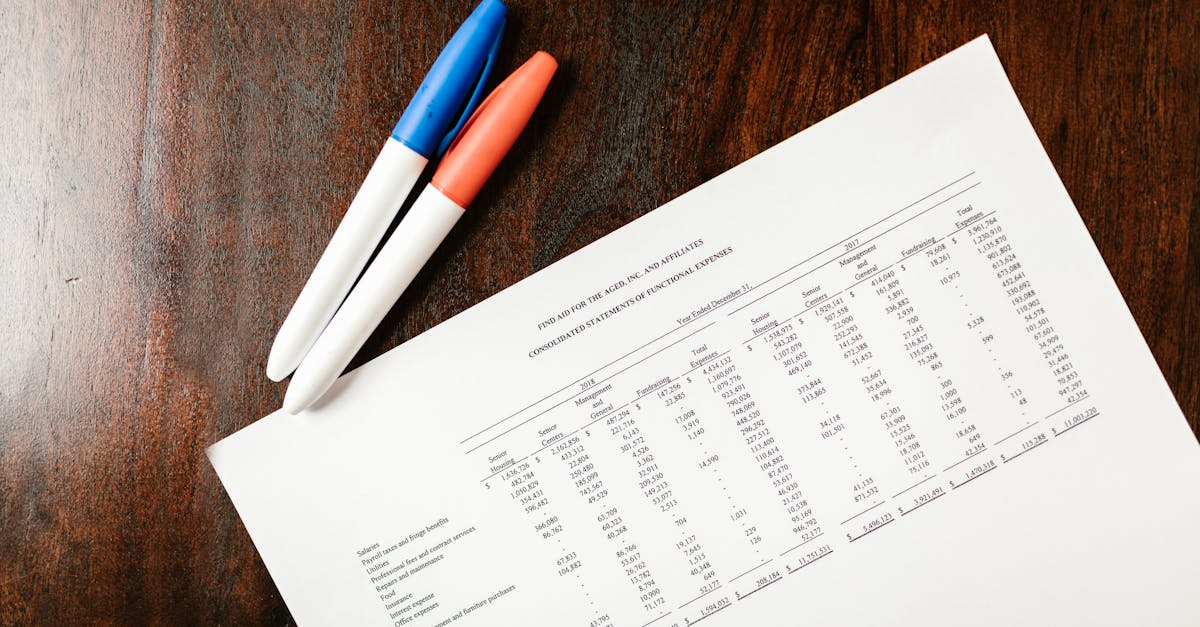
Advertisement
